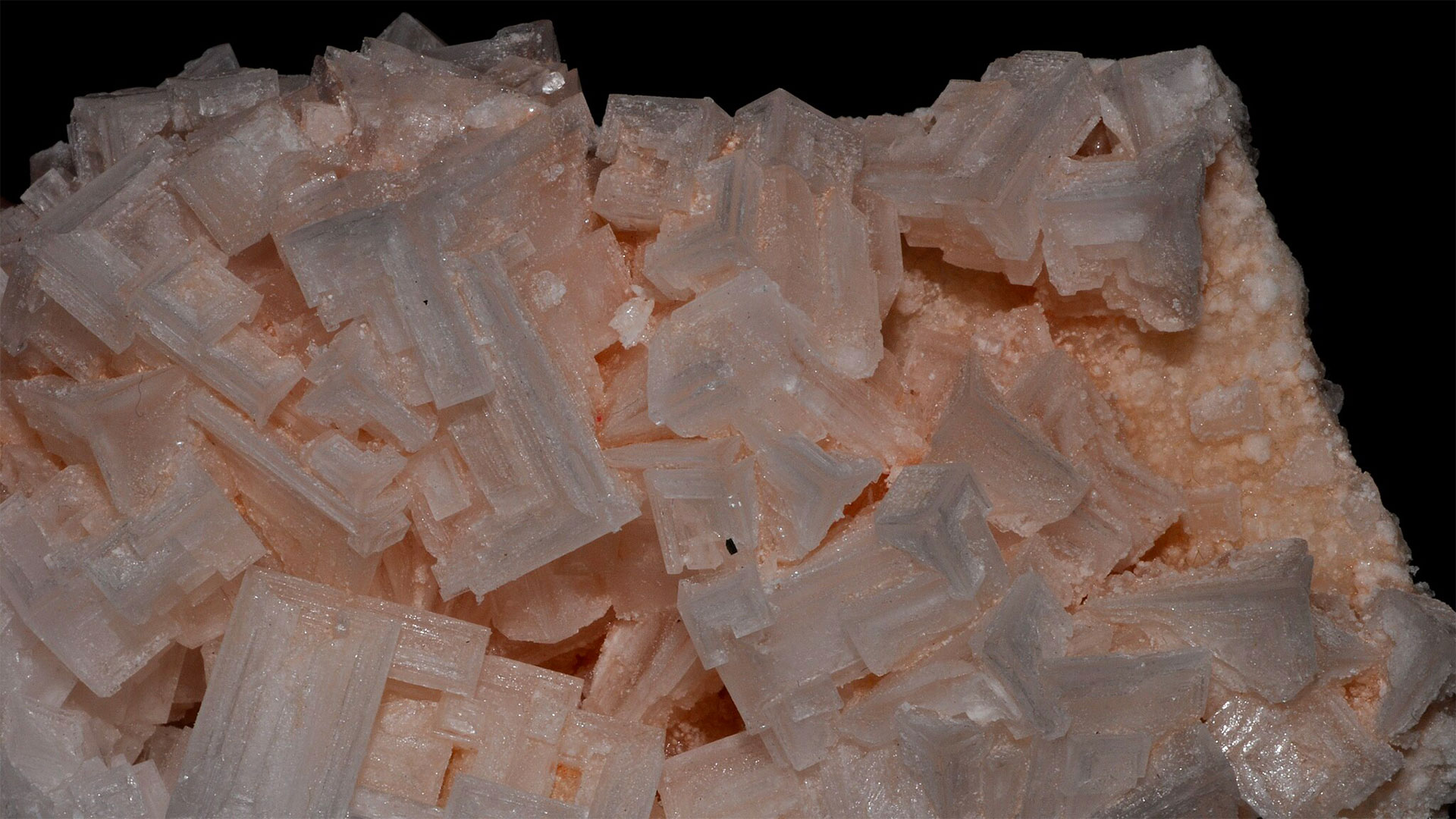Ancient minerals, formed six million years ago, during the drying up of the Mediterranean Sea, and known as “evaporites”, could hold precious traces of the interaction with cosmic rays, and reveal important information about the history of our universe. This is what emerges from a study published on December 17 in the scientific journal Physical Review D, by a research group from INFN, the University of Milan Statale, the French National Research Council CNRS and Sapienza University of Rome.
According to the study, the analysis of evaporites could lead to an estimate of the flux of cosmic rays that hit the Earth between 5.5 and 6 million years ago. In particular, by analyzing the damages caused by cosmic rays in these minerals, evidence of a cataclysmic event could be found. Such an event could be a supernova explosion, that occurred in that period, at a relatively close distance to the Earth, within a hundred light years. Indeed, according to the most accredited geological models, about six million years ago, due to tectonic movements, the Strait of Gibraltar closed, causing a partial evaporation of the Mediterranean Sea and the formation of rocks (evaporites), mainly gypsum and halite (crystals of the common salt used in cooking). These minerals were exposed to the air or under a thin layer of water until the strait reopened, after about half a million years, quickly flooding the basin. During this period of drought, the crystals were constantly hit by cosmic rays, which could have caused damage to the crystals.
“This is the first work that proposes to use natural minerals to observe the traces of cosmic rays, and it is innovative if compared to what has been proposed so far by researchers in physics”, says Lorenzo Caccianiga, INFN researcher and first author of this research. “In recent years, in fact, it has been proposed to use natural minerals to search for rare events, such as those that could be produced by dark matter or neutrinos, using minerals extracted from deep within the Earth precisely to avoid exposure to cosmic rays, but it had not yet been hypothesized to use minerals exposed to cosmic rays to try to understand how the flux of these particles has changed over time”. This study thus opens a new avenue for investigating large astrophysical events that may have occurred in the past and is also of great interest for biology and paleontology. “Now it would be interesting to carry out these measurements by taking samples of these minerals in the depths of the Mediterranean Sea. But not only that, analyzing in the same way minerals exposed to cosmic rays during mass extinctions could help us test some theories that identify the cause of extinctions in cataclysmic events such as supernova explosions in the vicinity of our planet,” concludes Caccianiga. “It could even emerge that a high flux of cosmic rays played a crucial role in the extinctions.”






